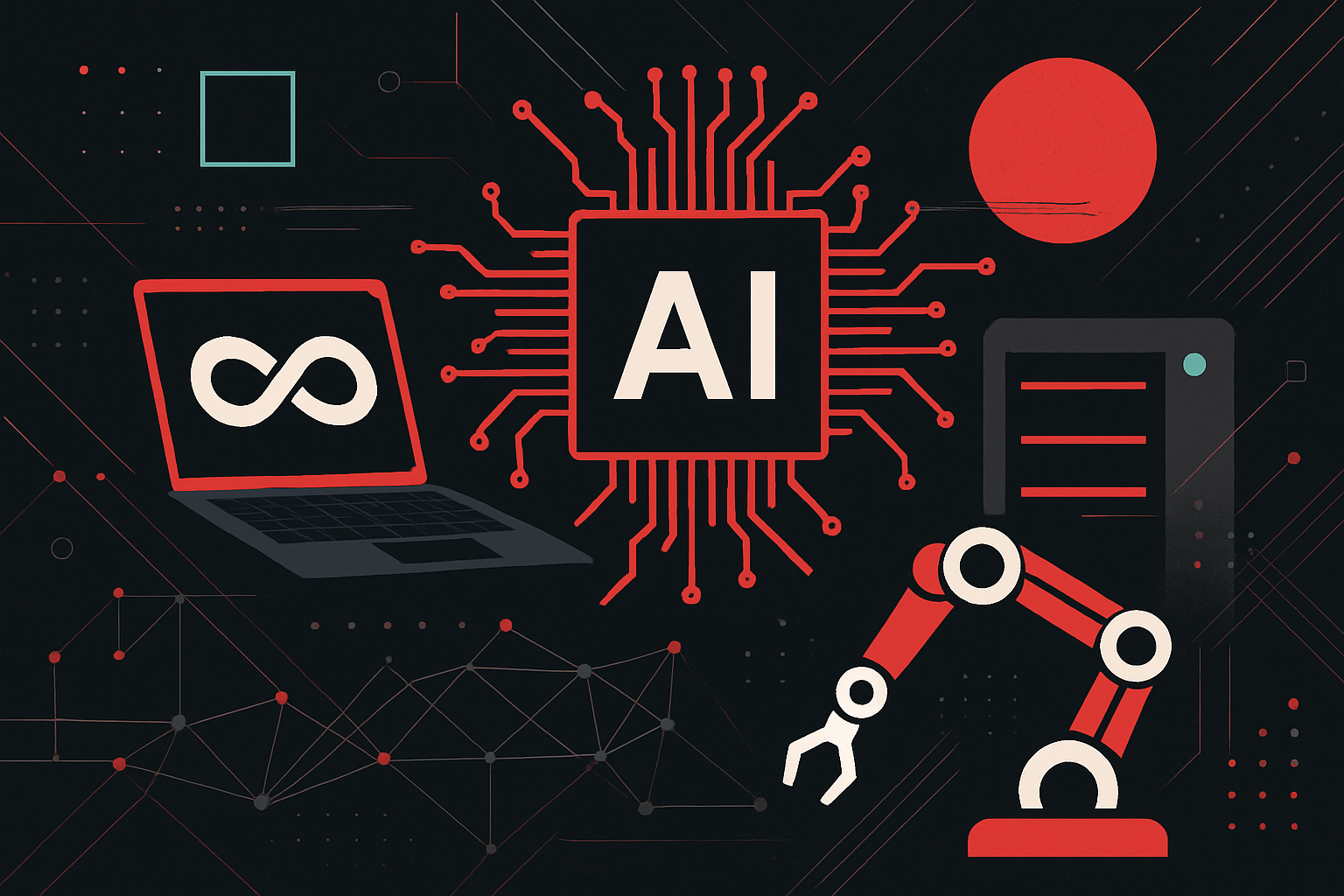Blockchain Beyond Cryptocurrencies

Blockchain Beyond Cryptocurrencies
Blockchain technology, initially synonymous with cryptocurrencies, has evolved to offer a plethora of applications across various industries. Its decentralized, transparent, and secure nature makes it ideal for a wide range of use cases beyond just digital currencies. This article explores these applications, delving into technical details and providing actionable insights.
1. Supply Chain Management
Blockchain can revolutionize supply chain management by enhancing transparency, traceability, and efficiency.
Key Features:
– Immutability: Ensures data integrity by preventing unauthorized alterations.
– Visibility: Provides real-time tracking and visibility of goods in transit.
– Smart Contracts: Automate processes and reduce the need for intermediaries.
Example Use Case:
A major retailer like Walmart can use blockchain to track the journey of food products from farms to stores, ensuring quality control and quick response in case of contamination.
Step-by-Step Implementation:
1. Data Recording: Each participant in the supply chain records data on the blockchain at each stage.
2. Verification: Use consensus algorithms to verify data at each step.
3. Smart Contracts: Deploy smart contracts to trigger actions (e.g., payments) when certain conditions are met.
Technical Components:
– Hyperledger Fabric: A popular choice for enterprise blockchain, offering modular architecture and privacy controls.
– Ethereum: Use for smart contract deployment on a public blockchain.
2. Healthcare
Blockchain can address data privacy, interoperability, and integrity issues in healthcare.
Key Features:
– Data Privacy: Ensures patient data is secure and only accessible to authorized entities.
– Interoperability: Facilitates seamless sharing of health records across platforms.
– Auditability: Provides a tamper-proof audit trail for all transactions.
Example Use Case:
A healthcare provider can use blockchain to securely share patient records with specialists, ensuring quick and accurate treatment.
Technical Implementation:
– Data Encryption: Use cryptographic techniques to secure patient records.
– Access Control: Implement permissioned blockchains to control who can access data.
Code Snippet:
from web3 import Web3
# Connect to Ethereum blockchain
w3 = Web3(Web3.HTTPProvider('https://mainnet.infura.io/v3/YOUR_INFURA_PROJECT_ID'))
# Deploy a simple smart contract for patient data access
contract_code = '''
pragma solidity ^0.8.0;
contract PatientData {
address private owner;
mapping(address => bool) private authorizedEntities;
constructor() {
owner = msg.sender;
}
modifier onlyOwner {
require(msg.sender == owner, "Not authorized");
_;
}
function authorizeEntity(address entity) public onlyOwner {
authorizedEntities[entity] = true;
}
function revokeEntity(address entity) public onlyOwner {
authorizedEntities[entity] = false;
}
function isAuthorized(address entity) public view returns (bool) {
return authorizedEntities[entity];
}
}
'''
3. Voting Systems
Blockchain can enhance the transparency and security of voting systems.
Key Features:
– Transparency: All votes are recorded on a public ledger, providing an auditable trail.
– Security: Reduces the risk of fraud and tampering.
– Anonymity: Ensures voter privacy while maintaining vote integrity.
Example Use Case:
Governments can implement blockchain-based voting to ensure fair and transparent elections.
Technical Approach:
– Tokenization: Use tokens to represent votes that can be transferred securely.
– Distributed Ledger: Record each vote as a transaction on the blockchain.
Comparison Table:
| Feature | Traditional Voting System | Blockchain Voting System |
|---|---|---|
| Transparency | Limited | High |
| Security | Vulnerable to tampering | Strong |
| Voter Anonymity | Varies | Guaranteed |
| Cost | High | Potentially lower |
4. Intellectual Property Management
Blockchain can streamline the management of intellectual property rights.
Key Features:
– Provenance Tracking: Records the creation and transfer of IP.
– Royalty Distribution: Automates the payment of royalties through smart contracts.
– Dispute Resolution: Provides a clear record to resolve disputes over IP ownership.
Example Use Case:
Musicians can use blockchain to automatically distribute royalties whenever their music is played.
Technical Implementation:
– Smart Contracts: Use to automate royalty payments based on usage.
– Public Ledger: Record all IP transactions for transparency and auditability.
Code Snippet:
pragma solidity ^0.8.0;
contract RoyaltyDistribution {
address payable owner;
mapping(address => uint) public royalties;
constructor() {
owner = payable(msg.sender);
}
function distributeRoyalty(address payable artist, uint amount) public {
require(msg.sender == owner, "Not authorized");
royalties[artist] += amount;
artist.transfer(amount);
}
}
By leveraging blockchain technology, industries can enhance their operations, improve transparency, and secure sensitive data. The examples and technical insights provided here offer a roadmap for implementing blockchain solutions in various sectors.





0 thoughts on “Blockchain Beyond Cryptocurrencies”